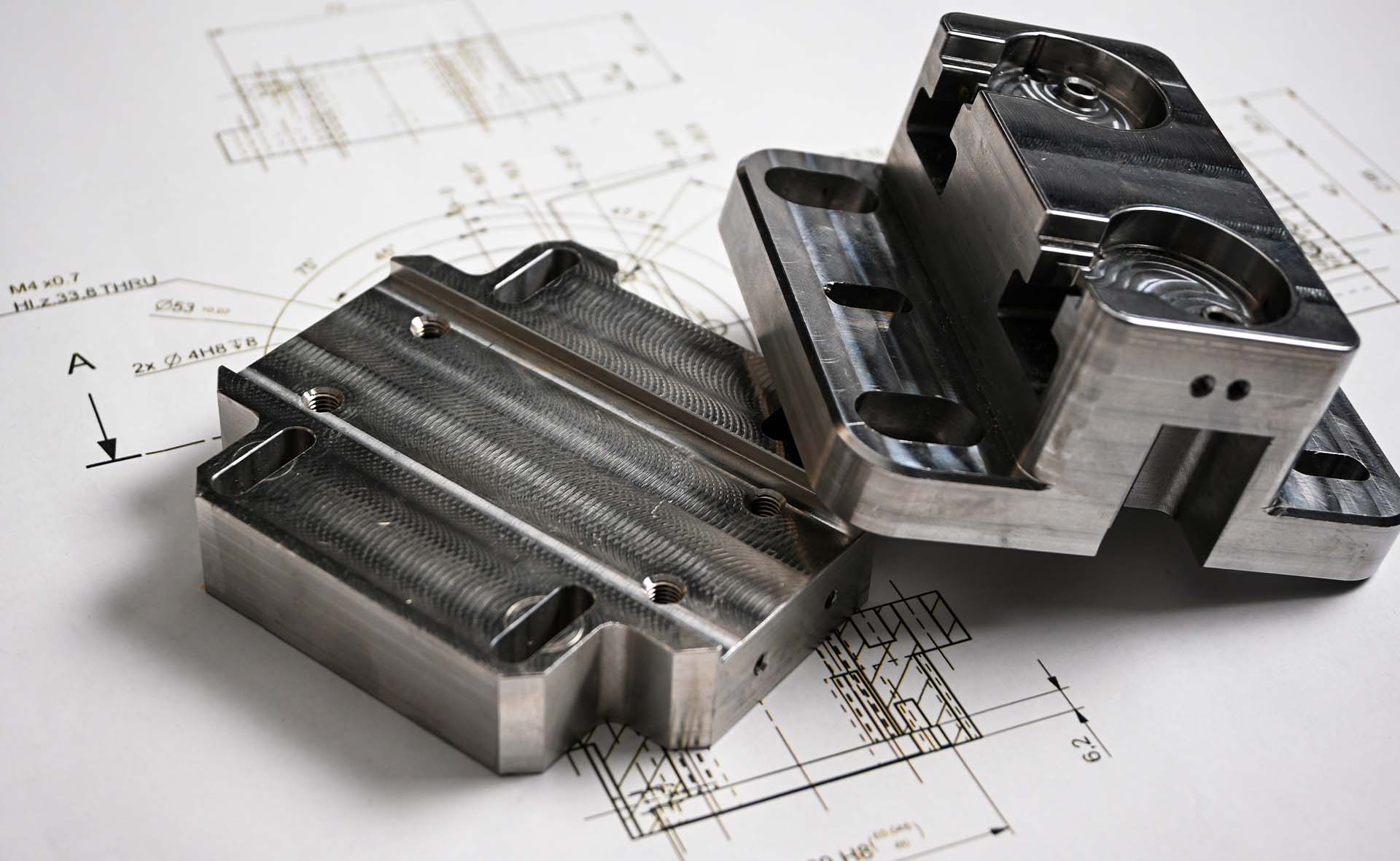SLA and FDM are two of the most popular 3D printing technologies used today. Each of which offers its own set of advantages and disadvantages. SLA (stereolithography) is an additive manufacturing method that uses liquid resin to build up layers of material, while FDM (fused deposition modeling) uses plastic filaments that are heated and extruded onto a build platform layer by layer. In this article, we breakdown the main differences between these two fantastic technologies and explore which could be a better fit for your project.
SLA 3D printing is known for its fine features, smooth surface finish, and pin point precision. While FDM printers form layers by depositing molten filaments, SLA printers cure liquid resin by the use of a tiny and highly-precise laser to form each layer. As a result, it can achieve much finer and intricate details than from extruding filament through a nozzle.
Both SLA and FDM offer excellent speed. Due to the small surface area of the laser, SLA takes longer to build each layer. With FDM you can choose the layer heights, which allows for much faster 3D printing. But beware, there is a trade-off between print speed and print quality. If you want a quick prototype with no strict visual or resolution requirement, FDM is the preferred choice.
In terms of material options, SLA and FDM offer the most flexibility when it comes to plastic 3D printing. Generally, the physical properties such as strength, flexibility and durability of FDM materials are superior to SLA. However, if you’re looking for materials to produce clear or transparent prototypes, opt for SLA.

Industrial FDM and SLA printers can handle very large builds (up to 750 x 750 x 750mm and 800 x 800 x 550mm respectively). While FDM may be quicker, generally, industrial SLA printers are preferred for printing large parts like enclosures and models, as it can maintain excellent detail and surface smoothness.
Although you can expect the cost of SLA and FDM 3D printing to be more or less similar, SLA typically have a higher average cost. This is largely due to the longer print time and higher material costs.
While SLA and FDM are both mature processes widely used for rapid prototyping and small-scale production, both additive manufacturing technologies have their own technique and advantage that make them better suited for certain applications.
| Industrial FDM | Industrial SLA | |
|---|---|---|
| Accuracy | ★★☆☆ | ★★★★ |
| Surface Finish | ★★☆☆ | ★★★★ |
| Part Strength | ★★★☆ | ★☆☆☆ |
| Material Cost | ★★★★ | ★★★☆ |
| Speed | Offers excellent convenience and speed for parts with no strict quality or surface finish requirements | Offers excellent speed for high accuracy and fine detailed parts and prototypes |
| Resolution | Not ideal for fine detailed parts | Offers excellent resolution |
| Applications | Low-cost rapid prototyping Functional rapid prototyping Automotive applications High strength prototypes Prototyping in materials like PETG. | Low-cost rapid prototyping High resolution and fine details models Watertight and airtight prototypes Transparent prototypes Highly accurate to CAD parts |
| Print Volume | Up to 750 x 750 x 750 mm | Up to 800 x 800 x 550 mm |
| Materials | Wide range of high performance material including Nylon, ABS, ASA, PETG, etc. | Variety of resins including generic, rigid, high temp, high toughness and transparent resin options. |

Find out which 3D printing technology is right for you
What is your design intent? Which factors are most important to your project? Is it print quality, speed, cost, material, size or application? The table above should help you get started when comparing the two technologies; however, every project is treated on a case-by-case basis. If you’re having trouble picking between FDM and SLA, send us your 3D CAD file HERE, and our engineers will get back to you with advice.
